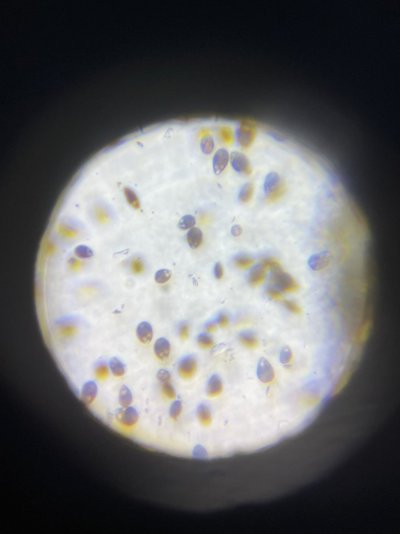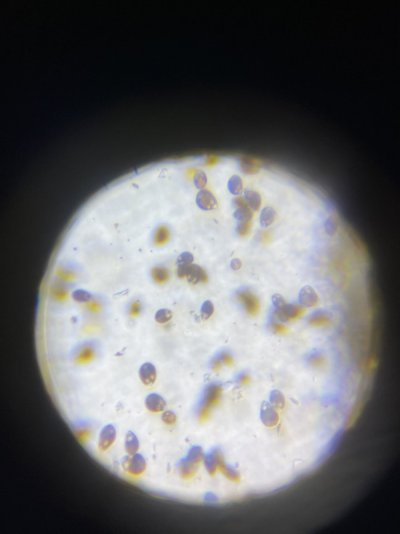Currently have an outbreak of Dino’s(specifically ostreopsis). I’ve tried UV but it doesn’t seem to be working. I’ve read about of dosing a variety of bacteria to help but am wondering what bacteria I should be dosing.
Nutrient:
Nitrate: 12
Phos: .07
Currently dosing phos and nitrate to keep levels elevated
So far my plan was:
1. 3day blackout keeping UV on
2. Change filter socks and carbon to reduce Dino toxins
3. Dose microbacter 7, fritz 9, seachem stability, PNS Pro Bio all on different days
4. Dose copepods and Live Phyto
5.pray haha
would love some feed back or better bacteria alternatives.
Contemplating dosing DinoX if all else fails
Nutrient:
Nitrate: 12
Phos: .07
Currently dosing phos and nitrate to keep levels elevated
So far my plan was:
1. 3day blackout keeping UV on
2. Change filter socks and carbon to reduce Dino toxins
3. Dose microbacter 7, fritz 9, seachem stability, PNS Pro Bio all on different days
4. Dose copepods and Live Phyto
5.pray haha
would love some feed back or better bacteria alternatives.
Contemplating dosing DinoX if all else fails





















